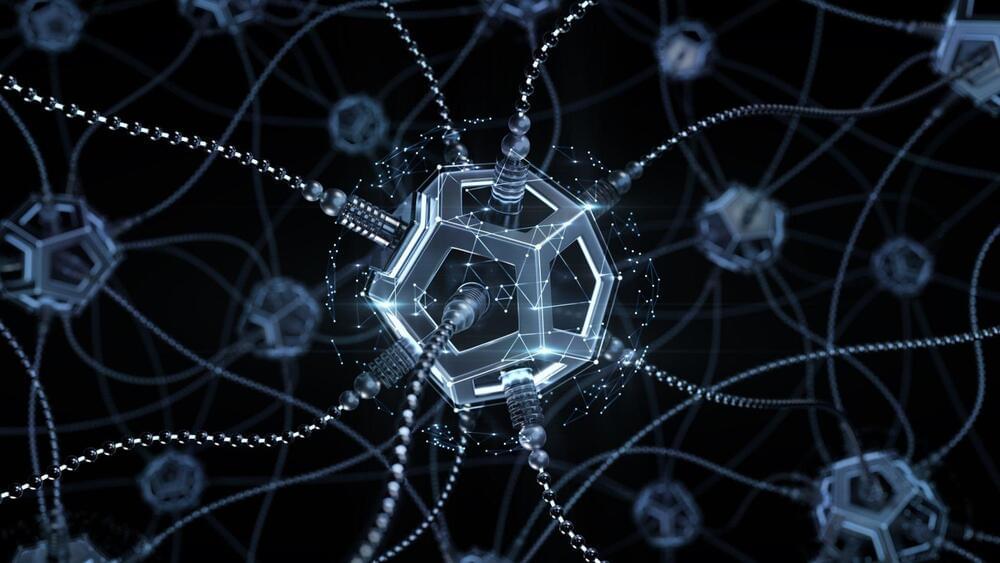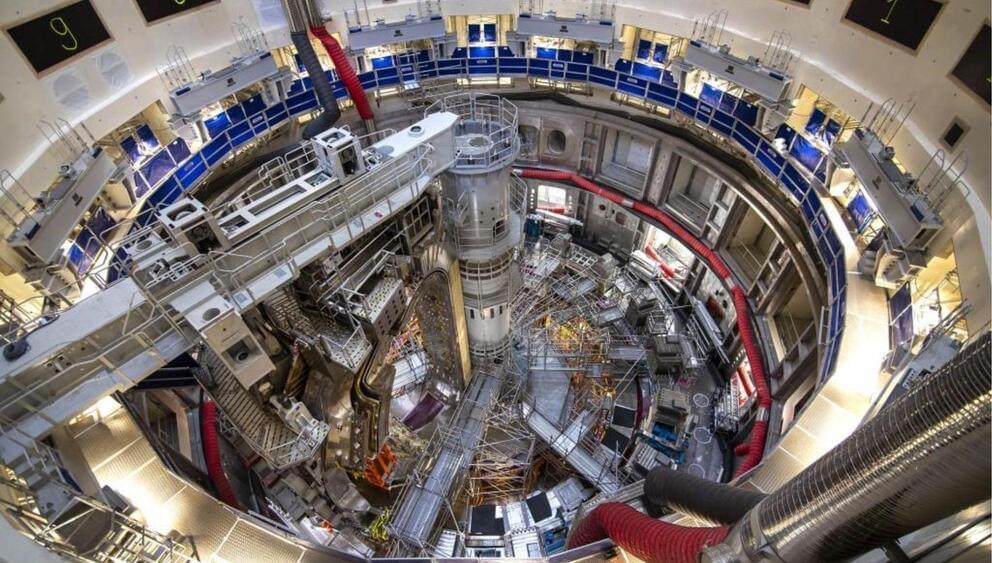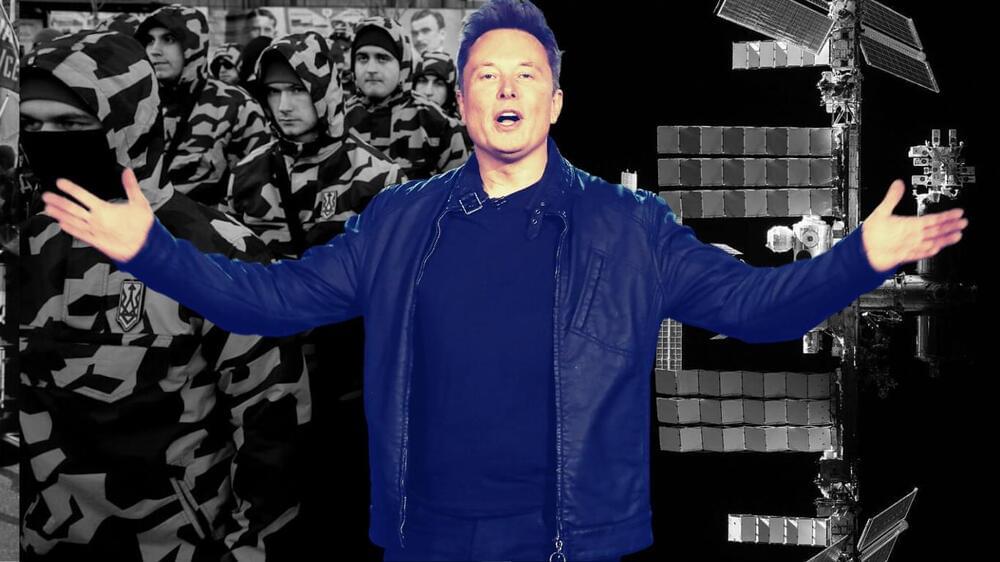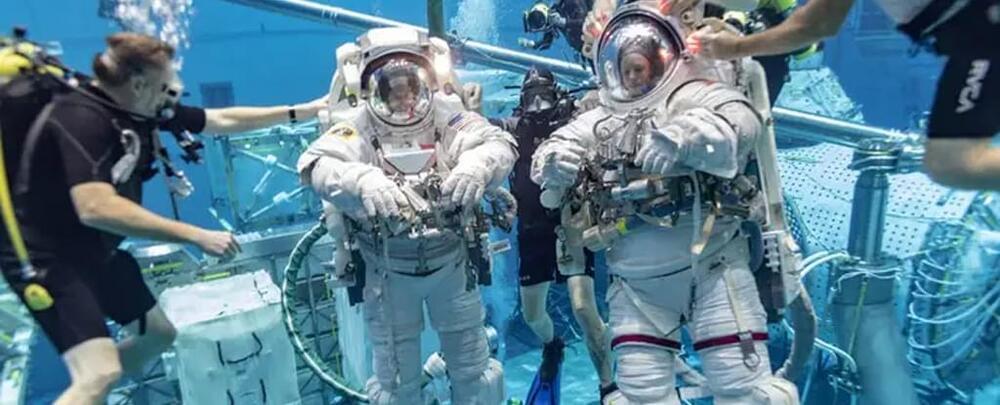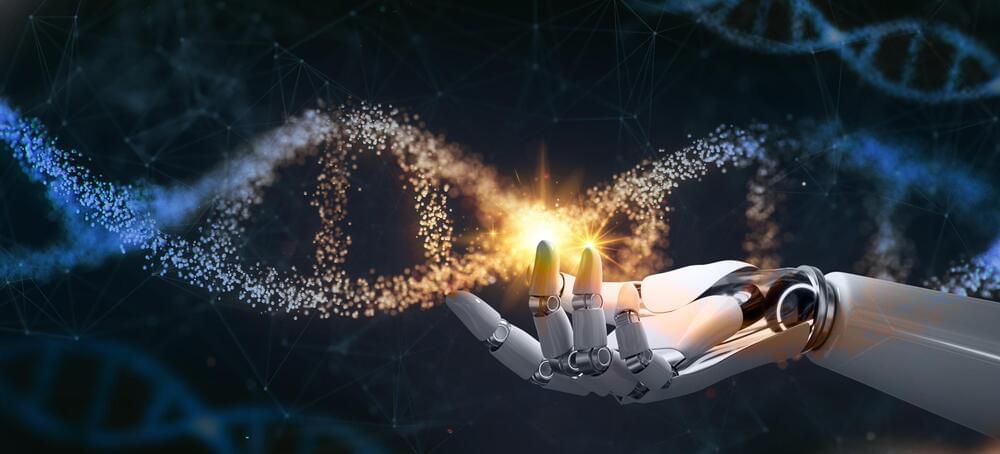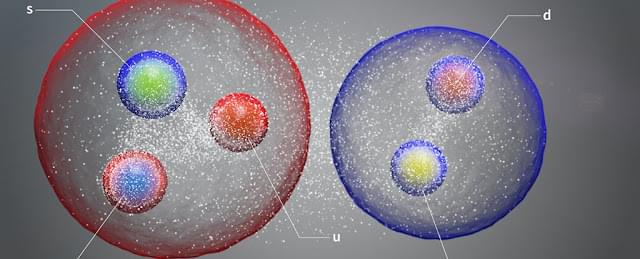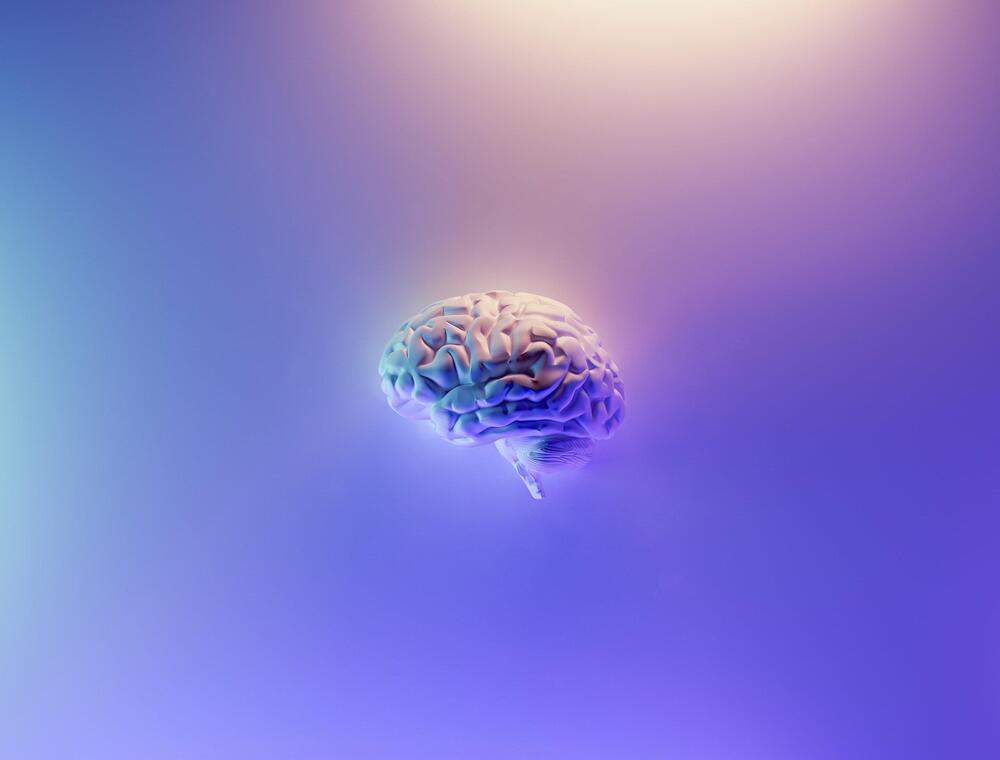Nov 25, 2022
Like a human? Artificial neural networks need to sleep to learn better
Posted by Gemechu Taye in categories: biotech/medical, robotics/AI
It’s time to go to bed for artificial neurons.
According to a recent study by the University of California, San Diego, neural networks can imitate the sleep patterns of the human brain in order to tackle catastrophic forgetting.
“The brain is very busy when we sleep, repeating what we have learned during the day,” said Maxim Bazhenov, Ph.D., professor of medicine and a sleep researcher at the University of California San Diego School of Medicine in the press release. “Sleep helps reorganize memories and presents them in the most efficient way.”
Continue reading “Like a human? Artificial neural networks need to sleep to learn better” »
